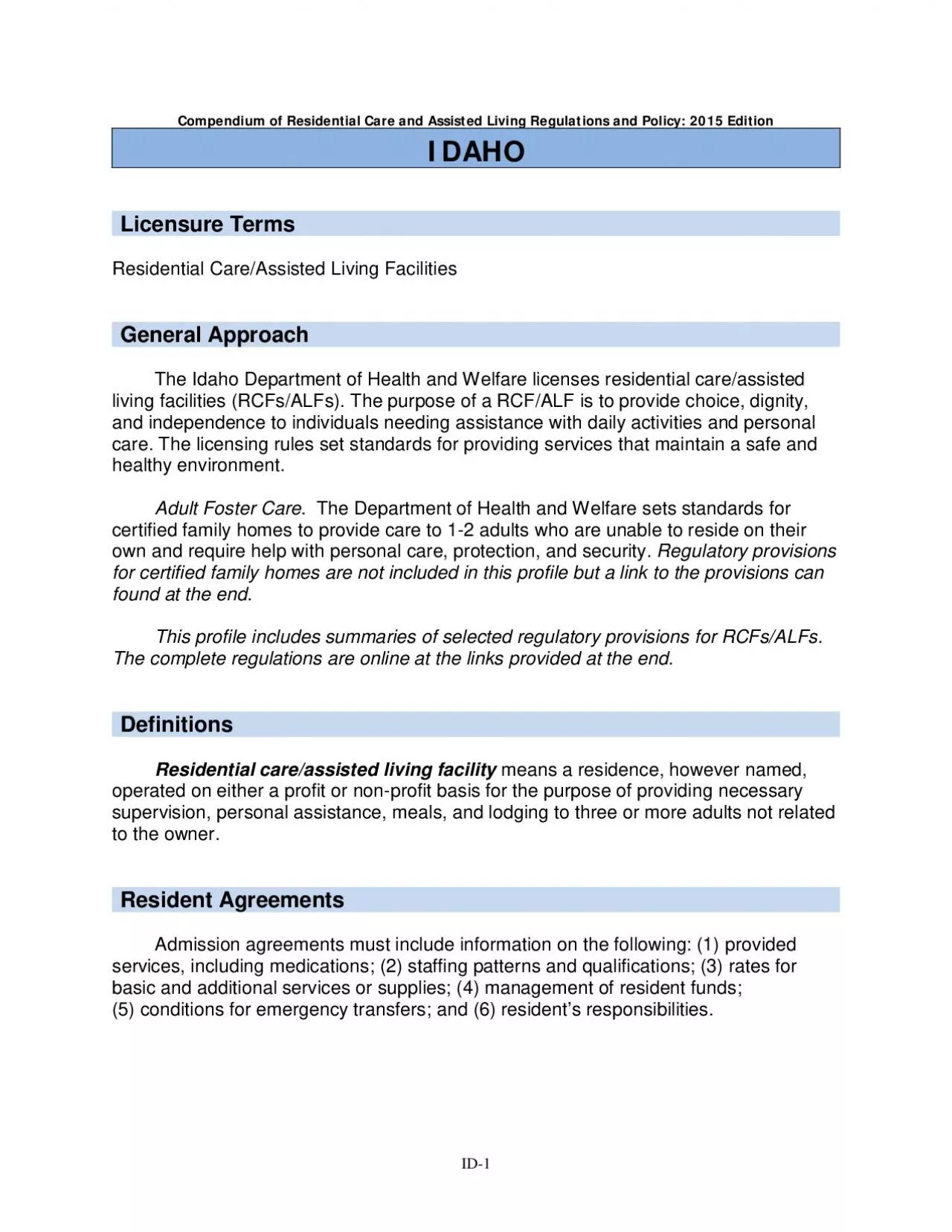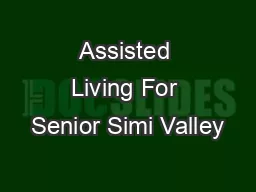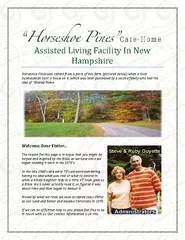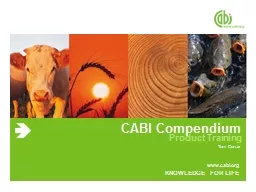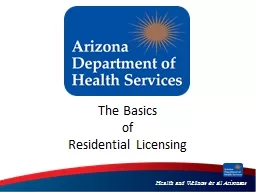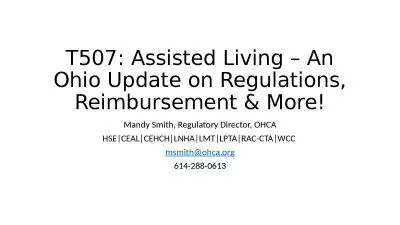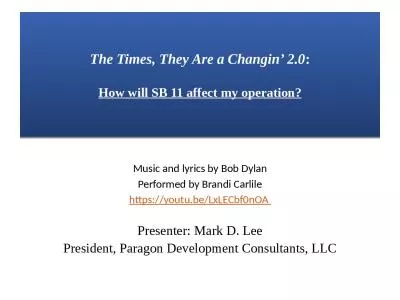PDF-Compendium of Residential Care and Assisted Living Regulations and Pol
Author : fiona | Published Date : 2022-08-16
I D 1 Licensure Terms Residential CareAssisted Living Facilities General Approa ch The Idaho Department of Health and Welfare licenses residential careassisted
Presentation Embed Code
Download Presentation
Download Presentation The PPT/PDF document "Compendium of Residential Care and Assis..." is the property of its rightful owner. Permission is granted to download and print the materials on this website for personal, non-commercial use only, and to display it on your personal computer provided you do not modify the materials and that you retain all copyright notices contained in the materials. By downloading content from our website, you accept the terms of this agreement.
Compendium of Residential Care and Assisted Living Regulations and Pol: Transcript
Download Rules Of Document
"Compendium of Residential Care and Assisted Living Regulations and Pol"The content belongs to its owner. You may download and print it for personal use, without modification, and keep all copyright notices. By downloading, you agree to these terms.
Related Documents

